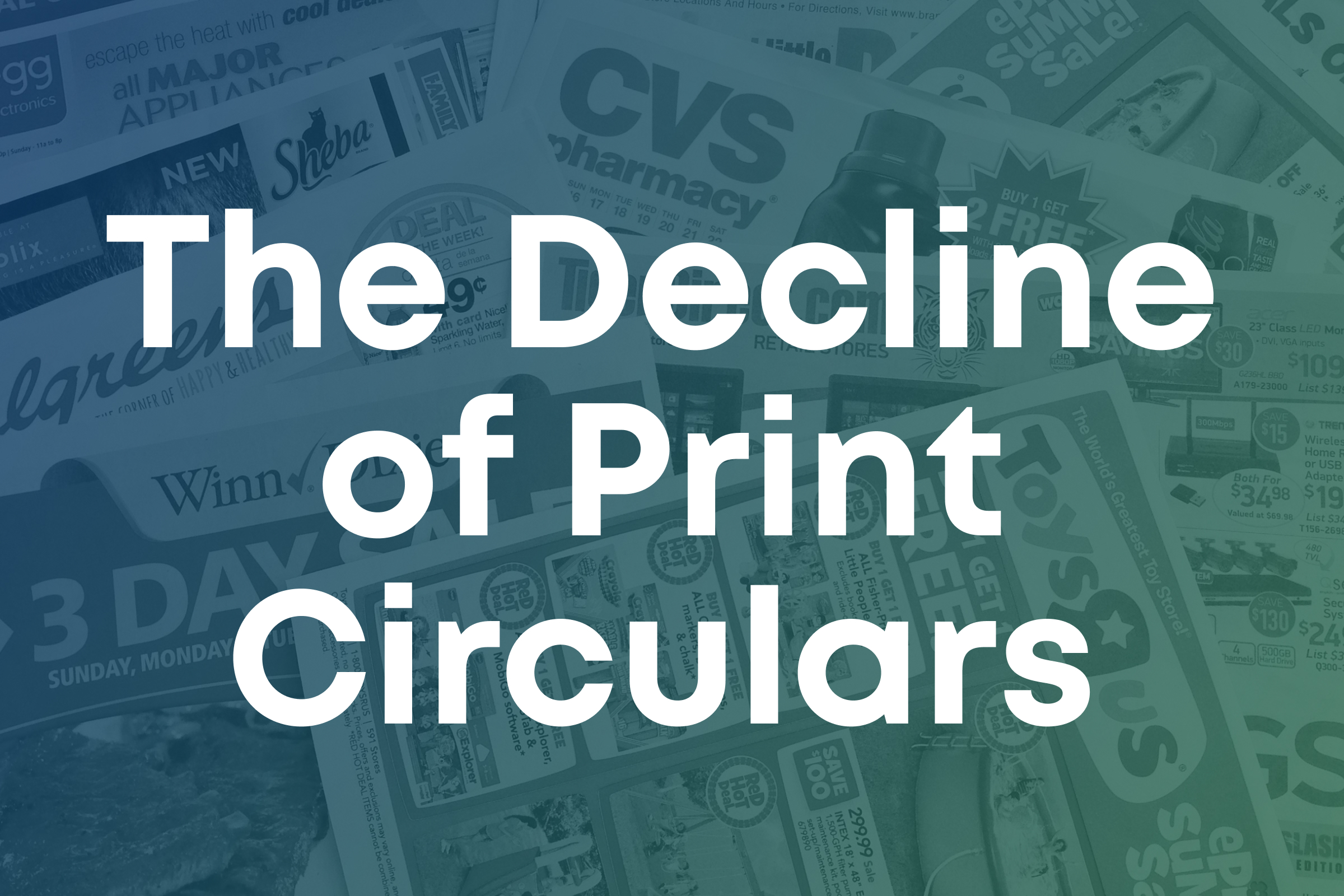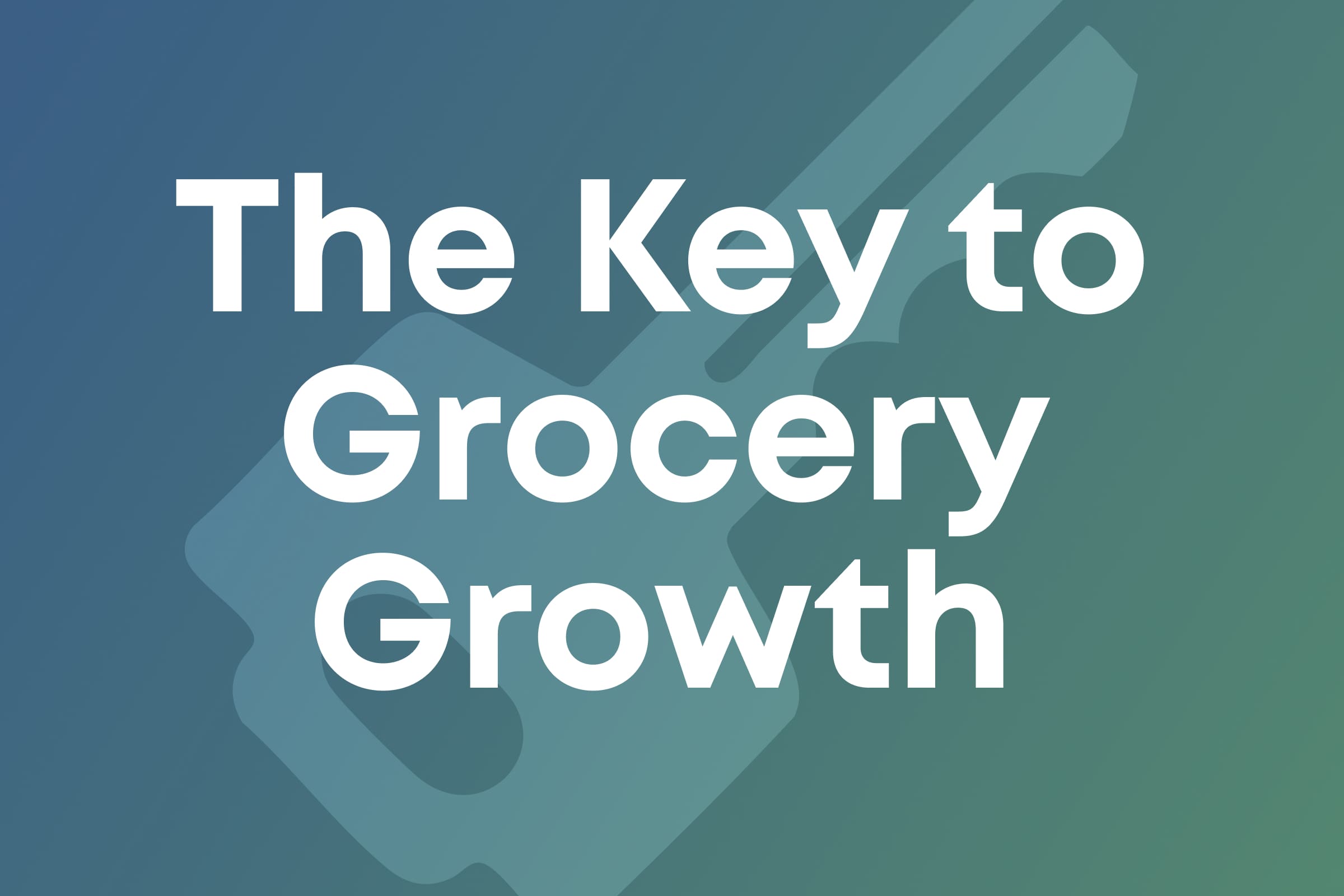.jpeg)
eCommerce Next: "How can brick-and-mortar grocers fight inflation and help their consumers?"
Sean Turner, Co-founder & CTO Swiftly: "With inflation news hitting headlines—and pockets—every day, it’s becoming very clear that consumer budgets and the revenue of brick-and-mortar grocers are starting to feel the impact. With costs steadily increasing, and no slowing in sight, grocers must evolve and implement new strategies to keep prices low for consumers while delivering their own profit margins.
Creating digital solutions and adopting the tools and technology that shoppers have grown to depend on, will be key in not only helping customers save, but in building loyalty and bottom lines. By investing in retail technology and implementing a corresponding loyalty program—grocers can seamlessly connect the customer’s digital experience to a stress-free in-store experience.
When armed with the information they need, like up-to-date pricing and availability, along with the personalized experience of a loyalty program, shoppers can better budget their visit to the store. Available technology solutions that are currently in-market allow grocers to provide just that with first-party data that connects the individual shopper to the best deals and savings based on their specific shopping habits.
For grocers, these digital solutions can also create new revenue streams while building brand relationships and their bottom line. A robust retail media platform that uses first-party data from shoppers and strategic brand partnerships allows retailers the opportunity to gain their share of the margin-rich $100B retail media market.
The bottom line is, grocers need to modernize and evolve in order to gain and retain customers, especially during times of aggressive inflation. By leaning into new technology and adopting the tools that can help shoppers save, they’re choosing to take the steps that are needed to survive—and thrive—until the tides change."
eN: "What are the biggest challenges these grocers face today (in addition to inflation)?"
ST: "Two big issues stand out when looking at these challenges. The first is the fact that popular e-commerce giants and third-party delivery services are steadily encroaching on brick-and-mortar grocers with more personalized and digital options. As a result, they’re positioning themselves to become even more embedded in the grocer’s business and are ultimately taking ownership of the digital customer relationship and valuable first-party data. In order to survive and thrive, today’s grocers must invest in their own digital strategy and connect the digital and in-store experience for their customers to ensure full control over those relationships across all touchpoints.
The second challenge lies in the fact that customers shop where they find the best deals on the products they want and, with the continuous supply chain backlogs we’ve been experiencing, it may not be at their regular store. With availability of products being impacted from day-to-day, shoppers are often forced to head to competitors that may have what they need in stock, breaking that loyalty chain and driving them away from their chosen grocer."
eN: "How is customer loyalty being tested during this period of great inflation?"
ST: "Customer loyalty has understandably been tested as a result of inflation and changes in their behavior have put grocers in a position where they need to be laser-focused on retaining them. With shoppers budgeting more strictly and turning to technology to find the best deals and prices, retailers need to adapt to their evolving expectations and make sure to address their needs. Customers will go to the place where their dollars go the farthest, and that means one week a grocer is in, and the next they may be out.
Consumers are not only battling rising costs, but supply chain issues and escalating gas prices are adding pain points they’ve never navigated. With limited inventory on popular items, it could often take several stops for customers to get everything they need to check off their lists. However, recent data shows that people are making less trips to grocery stores because of high gas prices. Most shoppers see the value in staying at one store to save on gas and are willing to say goodbye to their regular grocery store in order to fulfill their entire grocery list."
eN: "What can brick-and-mortar grocers do to step up their digital strategies?"
ST: "Brick-and-mortar grocers must evolve and embrace the new technology that consumers have come to rely on when shopping. With the increased use of mobile apps—and smartphones in general—these are trends that retailers can’t afford to ignore, with e-commerce and third-party apps encroaching on their customers and revenue. By investing in digital solutions—especially a mobile app—grocers are meeting customers where they are and giving them the tools to enjoy a seamless digital-to-in-store experience.
When tied to a loyalty program, mobile apps not only help increase store visits through personalized deals and offers, but they also give customers the tools they need to track purchases and rewards quickly and easily. Add in the convenience of fast-lane or cashless checkout and you’ve got a robust and appealing program that will help attract and retain today’s hybrid shopper.
Retailers can also leverage the technology—and the first-party data gleaned from it—to build their own retail media network, driving margin-rich revenue that can result in a stronger bottom line."
eN: "How can grocers leverage their physical store presence to maintain their market share from online competitors?"
ST: "A physical store footprint actually puts grocers at an advantage over online competitors. As consumer habits change and as shoppers start returning to stores for the best deals (and to avoid costly delivery fees), it’s far easier for a grocer to build a digital presence than for an online retailer to build brick-and-mortar locations. In fact, retailers now have access to technology partners and resources that can make implementing a digital strategy quick and simple, giving them the same solutions as these e-commerce giants.
Today’s shoppers are hybrid. They want the ability to shop online and in-store, so grocers need to embrace digital tools to give shoppers the power and flexibility to shop how they want while providing the most value. By capitalizing on consumers’ willingness to go back to the store—and by offering them personalized discounts and offers—brick-and-mortar grocers are at an advantage in creating the shopping experience consumers really want."
* * *
To read the full interview, head to eCommerce Next's Interview with Sean Turner from Swiftly.




